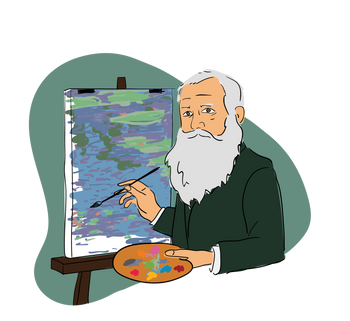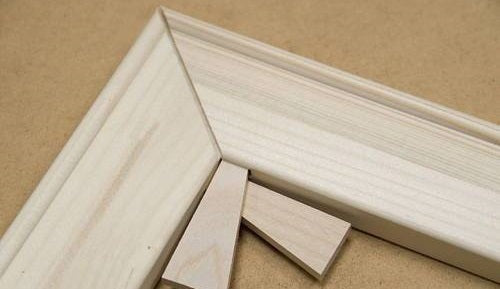Death and Life - Gustav Klimt
Excellent 370+ avis vérifiés
370+ avis vérifiés
L'œuvre en bref
In Gustav Klimt's symbolist painting Death and Life, we are confronted with a powerful allegorical representation of the two universal forces that govern human existence. The painting, divided into two distinct parts, shows life on the one hand, personified by embracing human figures, surrounded by floral motifs and colourful geometric shapes. Their bodies, twisted and entangled, express both the joy and pain inherent in the experience of life. Their faces reveal intense emotions, suggesting the complexity of human feelings.
On the other side, death is represented by a menacing skeleton, which seems to want to take over the living. Its body is wrapped in a dark drapery, creating a striking contrast with the vibrant hues of the "life" part. The creature's fingers reach out to the living, evoking the inevitability of death and the fragility of human existence. Klimt uses this opposition to remind viewers of the inevitable duality that accompanies every life: beauty and transience, joy and sorrow, love and loss.
Would you like to buy another Gustav Klimt painting? Discover all our reproductions of this artist.
Comparez avec l’original
Reproduction of Villas in Bordighera by Claude Monet


Find out more about our accredited expert
Jean-Sebastien Altmann

Expert in works of art accredited by the National Chamber of Specialised Experts (CNES)
Find out why so many satisfied customers choose Galerie Mont-Blanc for their art purchases.
Click here to watch the video presentation




















